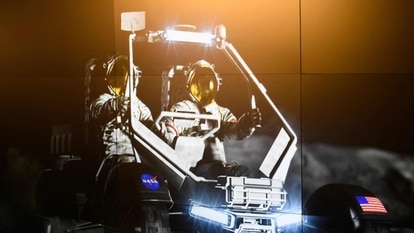NASA image of the Day 30 December 2022: Mars and the Star Clusters
NASA Image of the Day is a stellar snapshot of Mars visible in a sky full of stars.
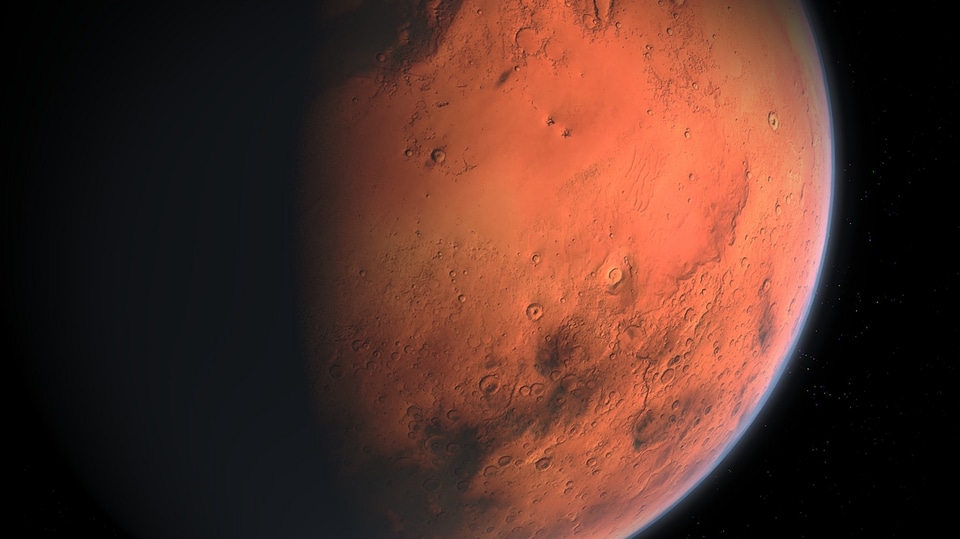
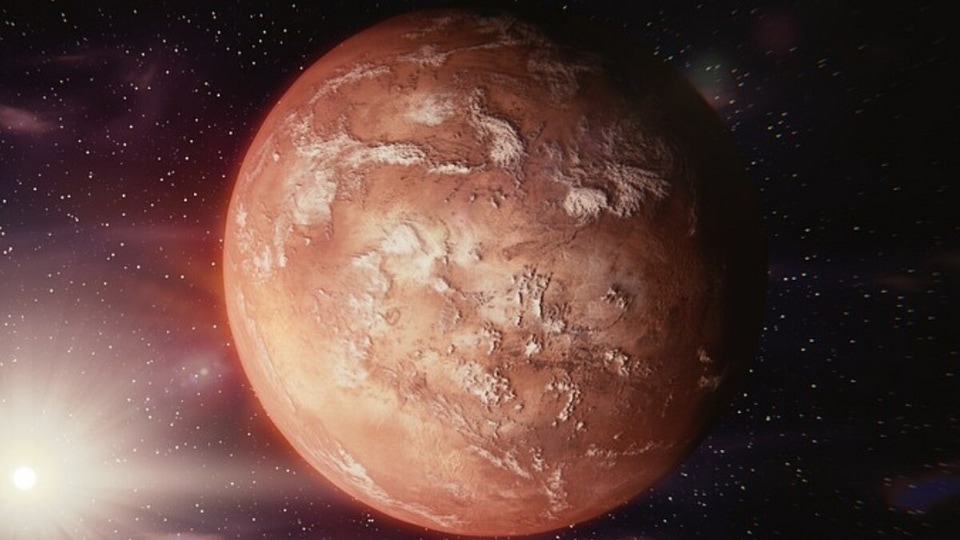
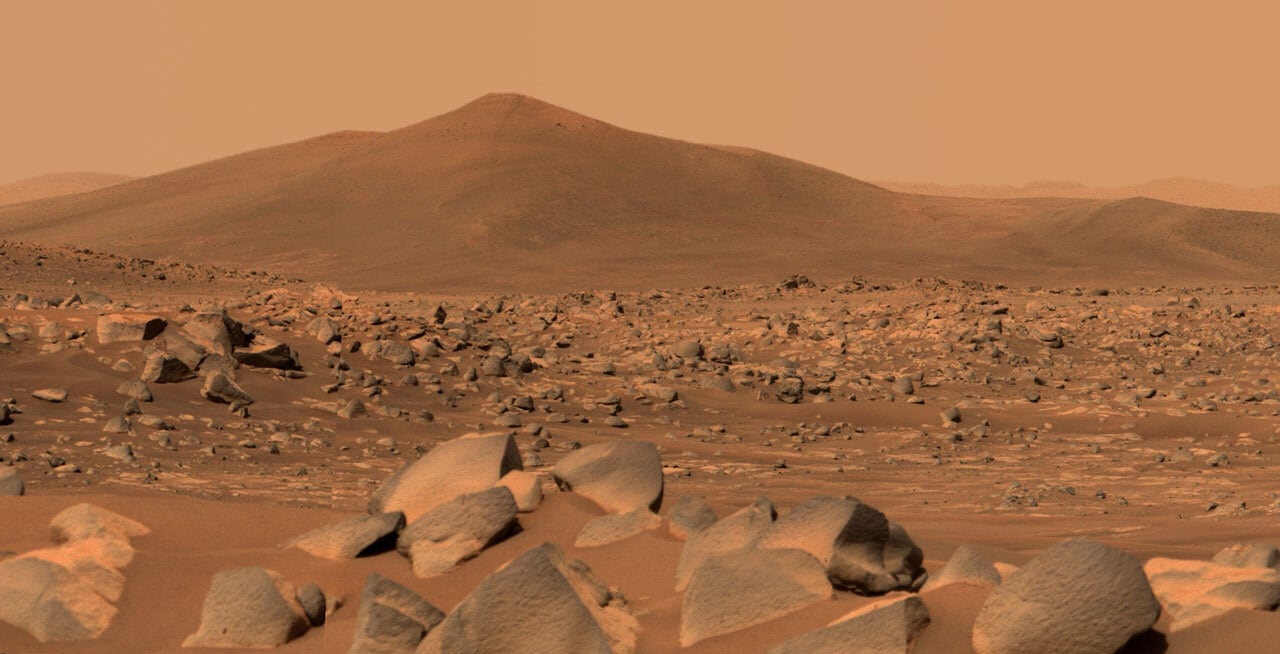

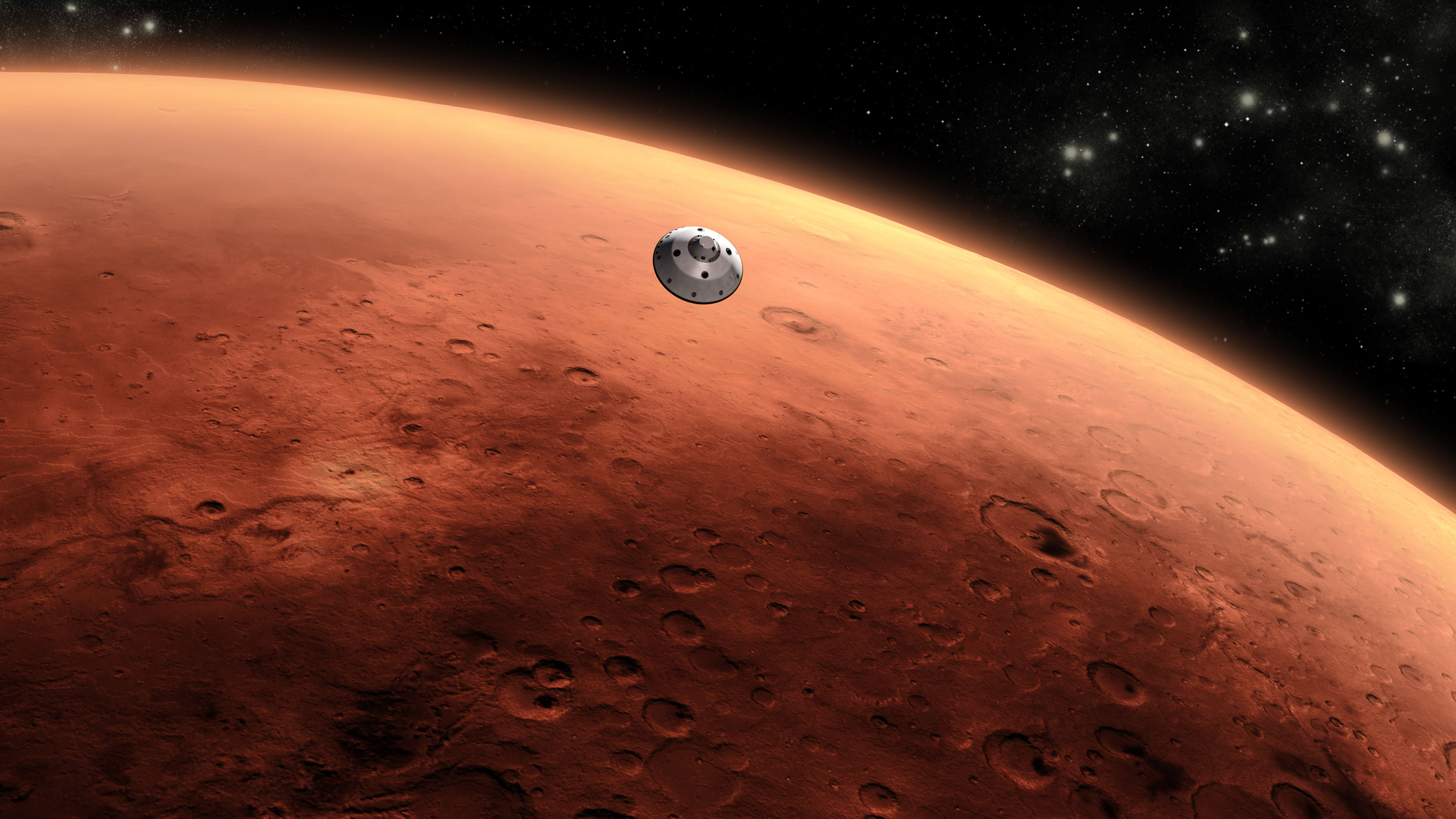
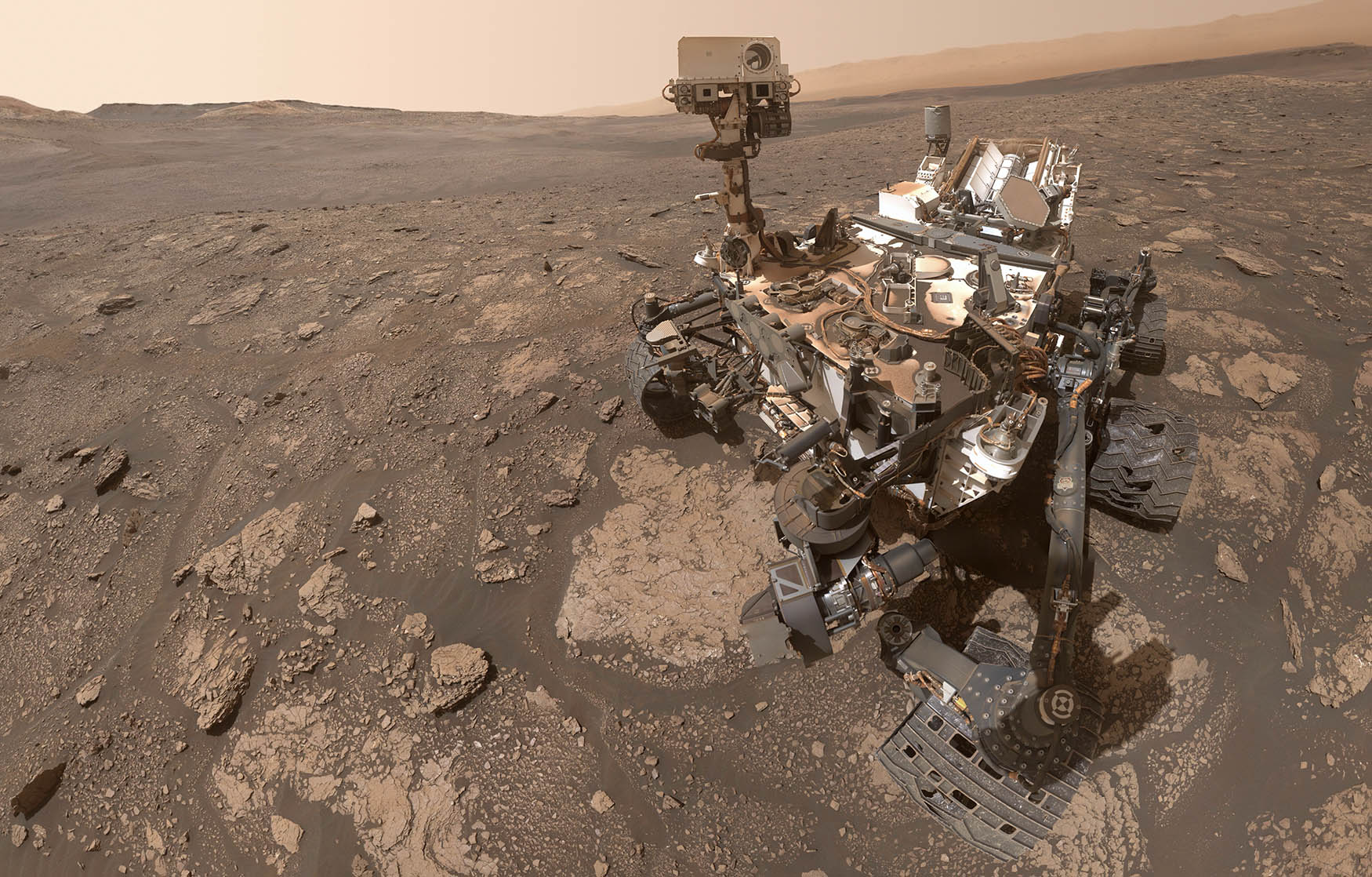
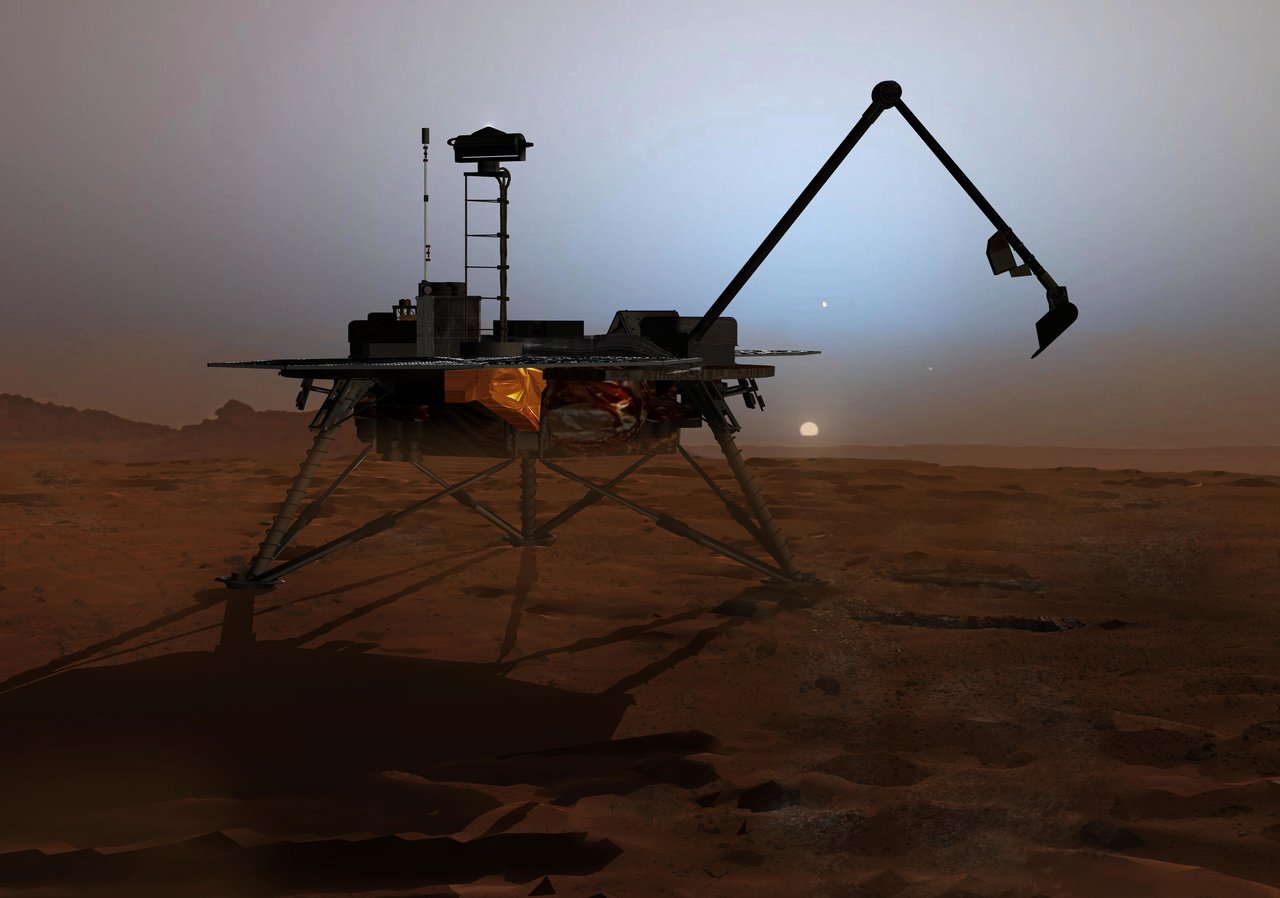
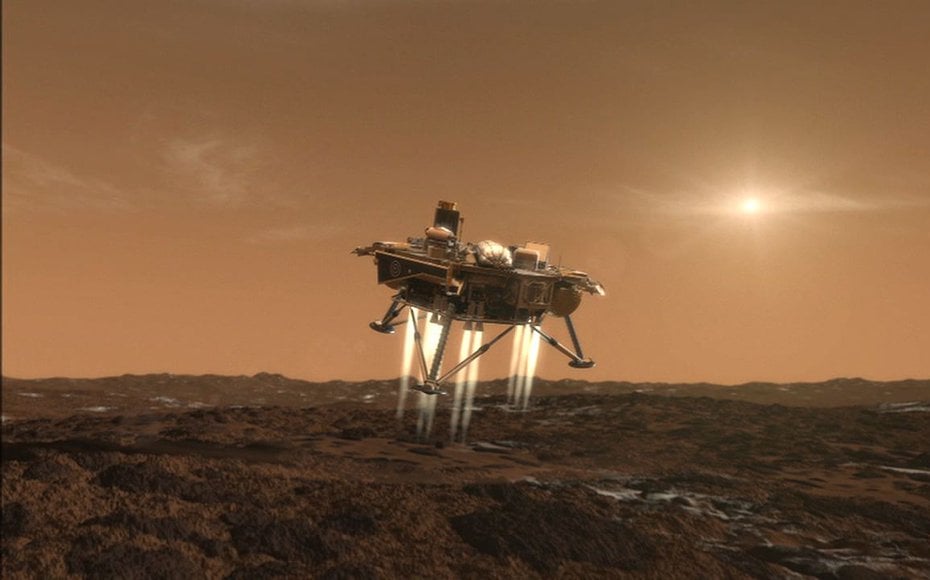
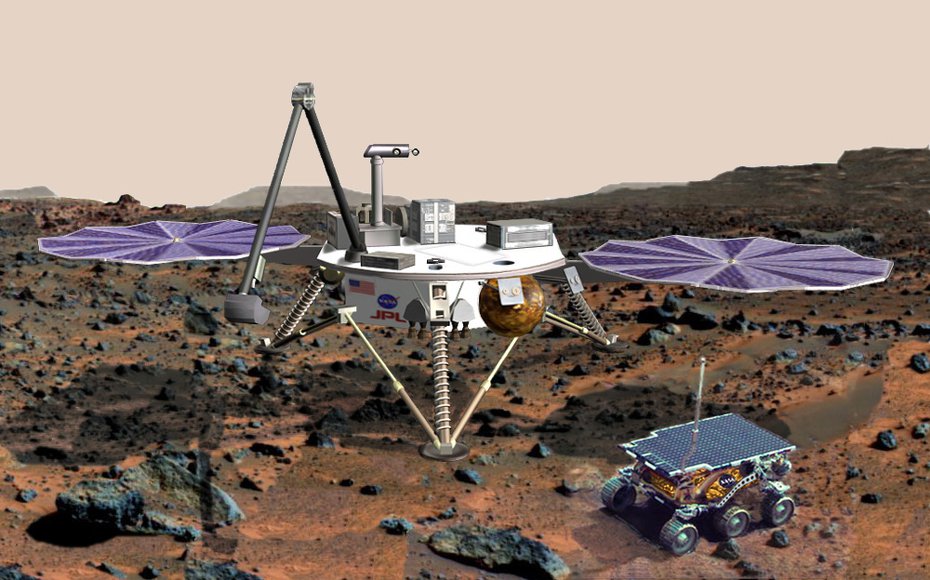

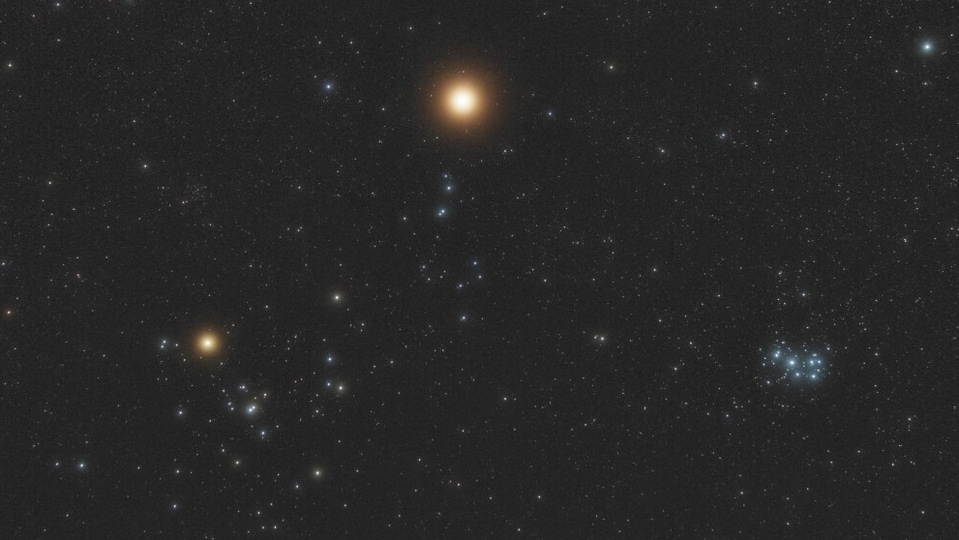
 View all Images
View all ImagesMars, the Red Planet has fascinated scientists, astronomers as well as science fiction authors for decades due to its mysterious craters, lowlands and a core full of precious and rare metals. Authors have even written books such as War of the Worlds fantasizing about life on Mars. Movies like Total Recall have only fueled the fire of the search for extraterrestrial life on the Red Planet. What's shocking is that the Red Planet can also be viewed from Earth! It rises in the East before the sunset and is visible all night, with a reddish appearance and is brighter than most stars in the sky.
NASA's Image of the Day is a mesmerizing snapshot of Mars and the vast star clusters shining in the night sky visible from Earth. Mars is visible passing through the constellation Taurus. Another star cluster called Hyades can be seen which is nearly 151 light-years away. The image was captured by Gabor Balazs. NASA explained below the image,” At this year's end Mars still shines brightly in planet Earth's night as it wanders through the head-strong constellation Taurus. Its bright yellowish hue dominates this starry field of view that includes Taurus' alpha star Aldebaran and the Hyades and Pleiades star clusters. While red giant Aldebaran appears to anchor the V-shape of the Hyades at the left of the frame, Aldebaran is not a member of the Hyades star cluster.”
“The Hyades cluster is 151 light-years away making it the nearest established open star cluster, but Aldebaran lies at less than half that distance, along the same line-of-sight. At the right, some 400 light-years distant is the open star cluster cataloged as Messier 45, also known as the Pleiades or Seven Sisters. In Greek myth, the Pleiades were daughters of the astronomical titan Atlas and sea-nymph Pleione,” the space agency further explained.
Did an asteroid terraform Mars?
According to a research paper, recently published in the Geophysical Research Letters by Stephen Mojzsis and Ramon Brasser, a celestial body the size of Ceres dwarf planet collided with Mars and broke away a part of its Northern Hemisphere, leaving behind a deposit of rich minerals. The debris left after the collision slowly came together to form the two moons – Phobos and Deimos. According to the study, the rich minerals account for 0.8 percent of Mars.
Catch all the Latest Tech News, Mobile News, Laptop News, Gaming news, Wearables News , How To News, also keep up with us on Whatsapp channel,Twitter, Facebook, Google News, and Instagram. For our latest videos, subscribe to our YouTube channel.



